IN THE JACKPINE AND ASPEN COUNTRY OF CRAWFORD COUNTY a hill rises between cedar swamps. I was poking around there in early May not long ago, searching the woods for morels, and decided to climb the hill to get some perspective. At the top I discovered the place I’d been looking for.
You can find it on a map. The upper Manistee comes nearest to the upper Au Sable there, and a long, low hill divides the two watersheds. If you climb to the crest on the west side you can look out over a densely wooded valley of cedars angling away toward Lake Michigan. Walk a hundred paces to the east side and you have an overview of another valley of cedars that angles gradually east toward Lake Huron.

artwork courtesy of Glenn Wolff
I’d been searching for this spot because I knew that the Au Sable and Manistee formed one of the earliest cross-country routes between lakes Huron and Michigan. Ancient people paddled their bark canoes up one river, portaged the height of land, and descended the other river. Much later, European traders, trappers, and timber cruisers used the same pathway. When the giant pines that grew here were cut down for profit, they were floated down the two rivers to mills on the shores of the big lakes.
The perspective I was seeking was partly historical and partly geological. From a hilltop in spring, before the leaves are out, you can see the land revealed, its muscles, its ribs and shoulder blades, its tendons and sinews as they were when the glaciers departed. Or you can view it as a navigation problem to be solved—is that the shortest route to the river? Or as a place to homestead, a landscape to be painted or photographed, or a resource to be plundered. In the late 1800s a timber speculator named David Ward might have climbed this very hill to scan the surrounding valleys for virgin pines. He found vast stands and laid claim to them—eventually owning 70,000 acres— and established a mill on the upper Manistee that grew into a town. On plat maps it was marked “D. Ward,” which, when spoken aloud, became “Deward,” which is how the ghost town is labeled on maps to this day.
It’s good to now and then climb to a height beneath the sky and take stock of where you are. You can see changes in the land, sense the march of centuries, maybe even get a fresh view of where you are in your life and where you are headed.
That day on the hill between the rivers, with spring bursting around me, my view of the world was softened by distance. I was comfortable up there, surveying the land.
But in the valley of the Manistee I could see a glimpse of silver. Maybe a bend in the river. Maybe a beaver pond churning with feeding trout. Suddenly I lost interest in perspective and wanted simply to catch some fish. I hurried down to the valley and busted my way into the cedar swamp and became happily lost in the short view.
(This essay originally appeared as Jerry’s “Reflections” column in Michigan Blue Magazine, Spring 2015)

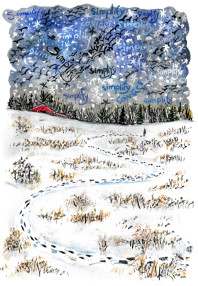

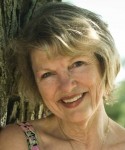
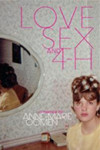
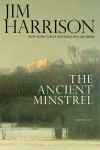


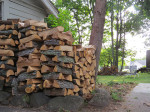
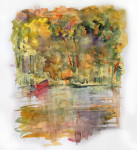
3 Replies